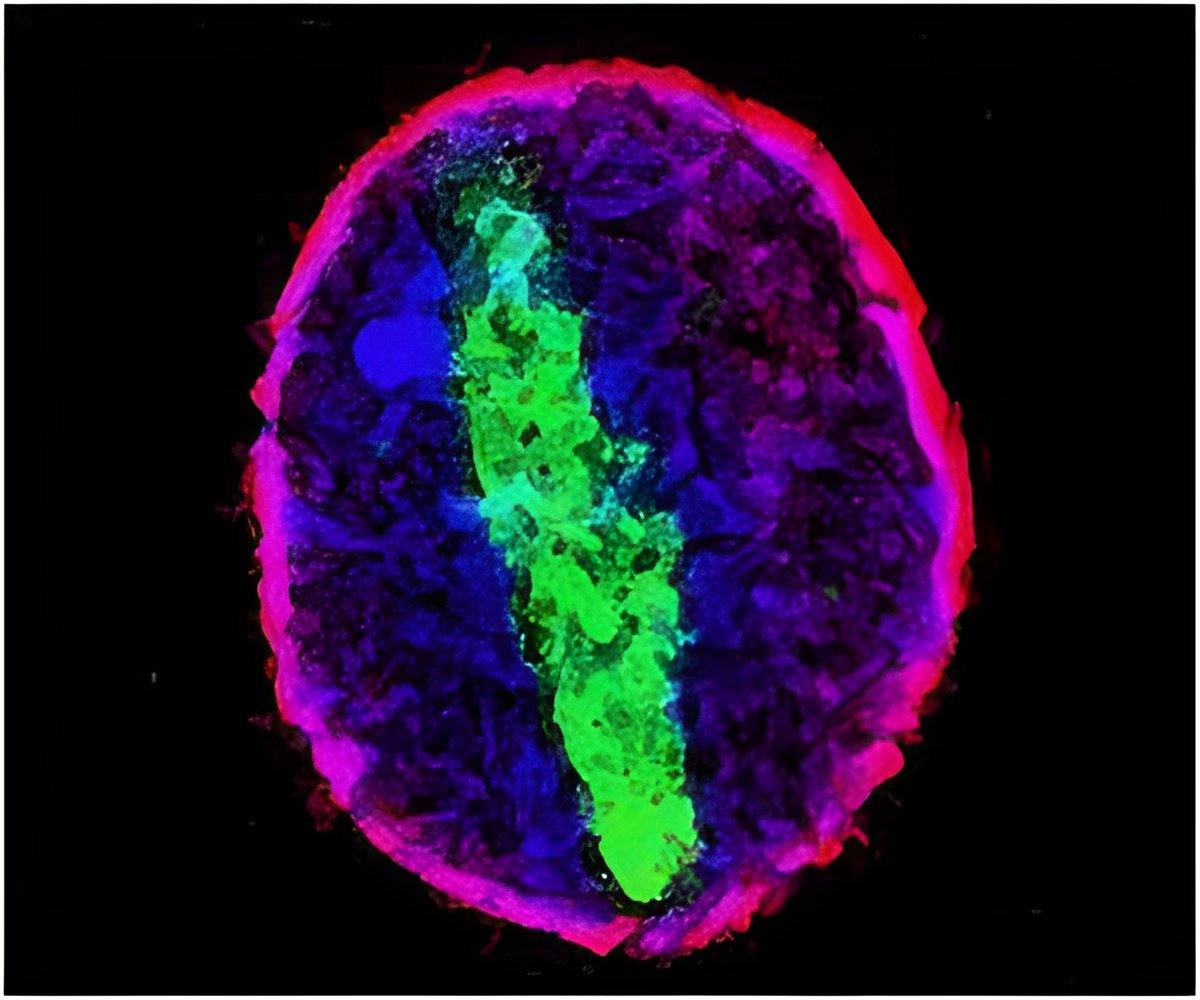
The study was conducted in mice infected with the parasite Toxoplasma gondii.
This single-celled pathogen is a common cause of infection inanimals and humans. As much as a third of the world's population has an inactive form of this infection present in the brain.
However, in immuno-compromised individuals, such as those with HIV/AIDS or undergoing organ transplantation, this infection can have grave consequences, including brain inflammation and even death.
Previous work had shown that T cells - a key immune-cell type - are central in preventing disease caused by T. gondii. In the new study, the Penn researchers used the infected mice as a natural model system to learn how the movement of T cells in the brain affects the body's ability to control this infection.
Among immunologists, it's broadly believed that the movement of immune cells is governed in part by signaling proteins called chemokines.
Advertisement
When CXCL10 was blocked, mice had lesser T cells, a greater parasite burden and actively reproducing parasites.
Advertisement
This was possible with multi-photon imaging, a technique that is based upon a refined yet powerful microscope that can display living tissues in three dimensions in real time.
Using this approach, the scientists found that CXCL10 appeared to play a role in the speed at which T cells are able to search for and control infection.
To the degree where immunologists had considered T-cell movement patterns at all, many assumed that they moved in a highly directed fashion to find infected cells.
But when the team analyzed the movement of T cells, they found their data did not match what would be expected: the T cells showed no directed motion.
This is where the statistical physics expertise of Liu and Banigan came in.
"We looked at a much more complete way to quantify these tracks and found that the standard model didn't fit at all. After some work we managed to find a model that did fit the tracks beautifully," Liu said.
"The model that finally led us down the right path had a strong signature of something really interesting," Banigan said.
The model is known as a Ley walk.
This "walk," or a mathematically characterized path, tends to have several "short" steps and occasional long "runs."
However, the model was not fully steady with the data,.
"Rather, I had to look at variations on the Levy walk model," Banigan said, as the researchers also observed that the T cells paused between steps and runs.
Similar to the movements of the cells, the pauses were usually short but occasionally long.
Hunter compared the model to a strategy a person might employ to find misplaced keys in the house.
"When you lose your keys, how do you go about looking for them? You look in one place for a while, then move to another place and look there," he said.
"What that leads to is a much more efficient way of finding things," Liu said.
And, indeed, when the scientists modeled the generalized Levy strategy against other strategies, they confirmed that the Levy walk was a more efficient technique to find rare targets.
That makes sense for T cells, which have to locate sparingly distributed parasites in a sea of mostly normal tissue.
Interestingly, T cells are not the only one in employing a Levy-type strategy to find their targets.
Many animal predators move in a similar way - with many short-distance movements interspersed with occasional longer-distance moves - to find their prey.
The strategy seems particularly common among marine predators, including tuna, sharks, zooplankton, sea turtles and penguins, however terrestrial species like spider monkeys and honeybees may use the same approach to locate rare resources.
This parallel with animal predators also makes sense because parasites, like prey species, have evolved to dodge detection.
"Many pathogens know how to hide, so T cells are not able to move directly to their target," Hunter said.
"The T cell actually needs to go into an area and then see if there's anything there," he said.
Hunter also noted that the model is also relevant to cancer and other immune-mediated diseases.
"Instead of looking for a parasite, these T cells could be looking for a cancer cell," he said.
And by knowing what manages the T cell movement, "you might be able to devise strategies to make the T cells more efficient at finding those cells."
On the physics side, while the Levy-walk model is not new, the fact that T cells pause in between their steps or runs is something that hadn't been recognized earlier when mapping the paths in other contexts.
"From a physics point of view, to have runs and pauses is a new model," Liu said.
"Biological phenomena can illustrate what we wouldn't have thought about otherwise," he said.
The study has been published in the journal Nature.
Source-ANI









